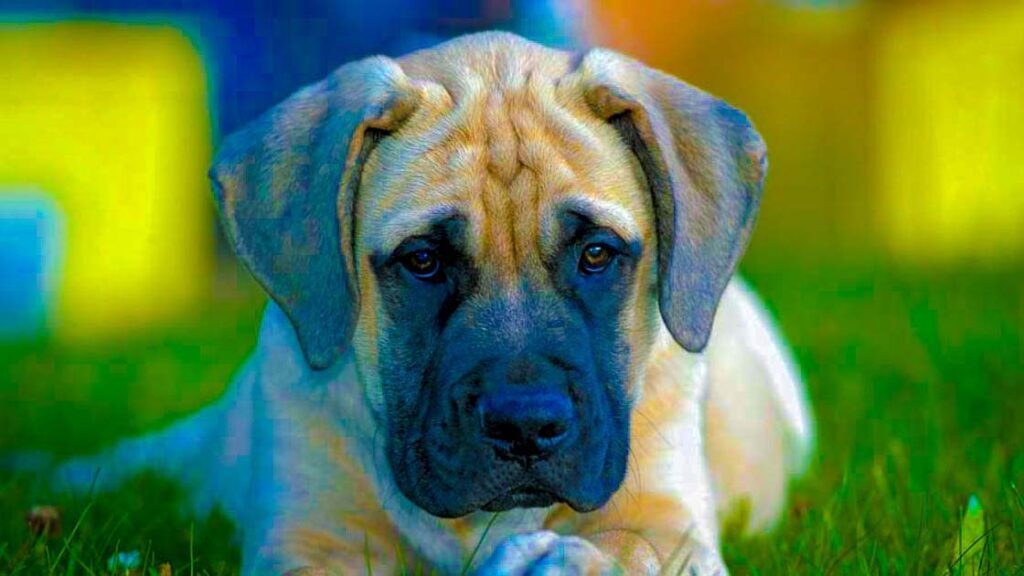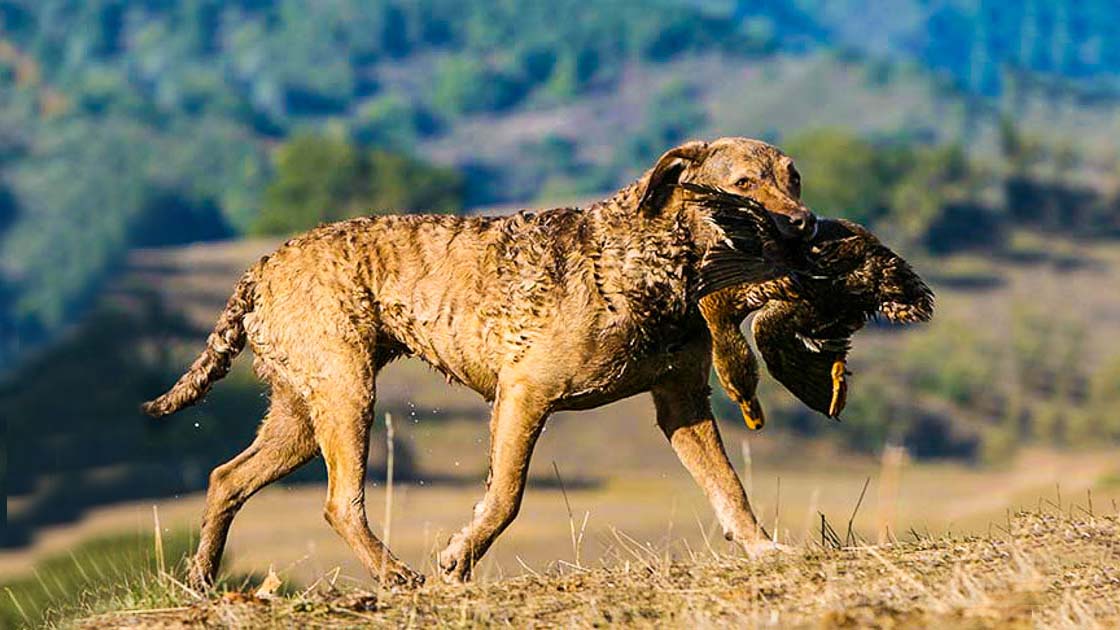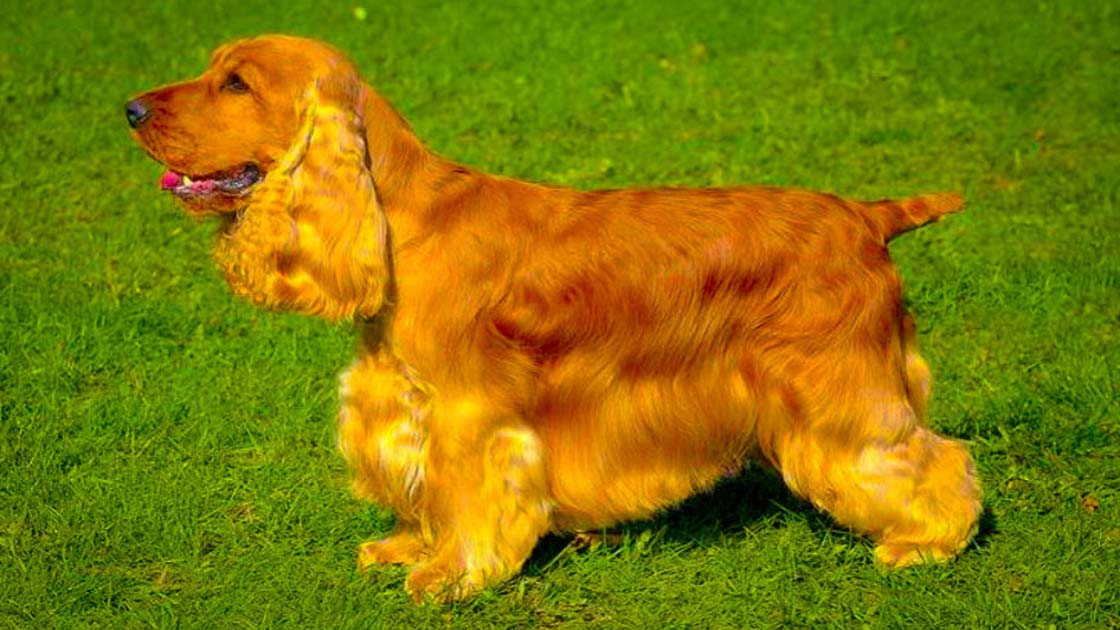Mastiff
Origin: United Kingdom
Popularity Rank: 33 Since 2020
Life Span: 10-12 years
Color: The “Mastiff colors” range from a very light grayish-brown color to light, yellowish tan & fawn at birth in color.
Size: Large in size
Height: The “Mastiff height” of the Male is 30 inches (76 cm) and the Female height is 27.5 inches (70 cm).
Breed Group: “Mastiff dog” belongs to the working group.
Pricing: Its price ranges are from $1000 – $2000 USD.
Weight: The standard does not provide a specific weight range, and males can weigh anywhere from 160 to 230 pounds, while females can weigh between 120 and 170 pounds.
Mastiff Dog History
Mastiff dog is also known as “English Mastiff” or “Old English Mastiff breed”. The following points summarize the history of the Mastiff dog breed:
The Mastiff is an ancient breed with a long history extending back thousands of years. It is believed that Mastiff dogs originated in Asia before people imported them to Europe, where they gained popularity. Their size, strength, and protective instincts made Mastiffs highly prized as guardians and war dogs. They served as castles, estates, livestock guardians, and fighting dogs on battlefields.
During the Roman Empire, the “Mastiff” rose to popularity due to its devotion and ferocity in combat, earning admiration. The Romans actively employed Mastiff dogs in several military operations and gladiatorial competitions.
“Mastiff breeds” is one of the oldest and most typical British dogs. The English word “Mastiff,” derived from the Latin term “massive,” means enormous. However, the Mastiff dog breed has faced historical instances where it was referred to as a tie-dog and a banned dog. People initially employed Mastiffs to protect both homes and flocks or herds. Later on, they received training to combat bulls, bears, lions, and other animals. Mastiffs are enormous and powerful dogs. Dogs of the English mastiff breed are found in European and Asia.
Nowadays, “dog breed mastiff” is recognized as gentle and affectionate pets known for their calm and submissive demeanor. They continue to excel as family pets, therapy dogs, and security dogs, and their imposing size and presence make them an awe-inspiring breed.
Recognition
In the late 19th and early 20th centuries, kennel clubs and breed organizations started to formally recognize Mastiffs as a unique breed. The Mastiff was recognized as a breed in 1883 by the Kennel Club of the United Kingdom and in 1885 by the American Kennel Club (AKC). Mastiffs have now become well-known and popular all throughout the world.
Mastiff Dog Qualities
People use “Mastiff dogs” as guard dogs, hunting dogs, war dogs, and participants in blood sports, such as fighting against other creatures like bulls, bears, and even lions. “Mastiffs” fulfills the role of protecting homes and property, and they show good response to moderate instruction. “English Mastiffs” prove to be tolerant and lovable companions and guardians. “Mastiffs” demonstrate their devotion to their families, and their natural mistrust of strangers emphasizes the need for early socialization and training.
“English Mastiffs dogs” are unique in form and function from livestock guardian dogs from which they evolved. They also have separate genetic lineages. The Federation Cynologique International and specific kennel organizations confirmed molluscoid dogs. At the same time, some current livestock guardians breeds, like the Pyrenean Mastiff, Spanish Mastiff, and Tibetan Mastiff, have the word “mastiff” in their names, but they are not real mastiffs.
Mastiff Types
The types of Mastiff breeds are Tibetan mastiff, English mastiff, Neapolitan mastiff, Italian, bull , and Spanish mastiff dog.
Mastiff Dog Body
“English Mastiffs” have short coats, long low-set tails, and large feet. Their skull is large and bulky. Their muzzle is broad and short (brachycephalic), and their ears are drooping and pendant-shaped. Mastiffs have giant, heavy, square heads with a distinct halt between the eyes. The muzzle measures half the length of the skull. The brown to dark hazel eyes are medium in size and are ringed by a black mask.
Moreover, the nose of these dogs have a dark color. The small, V-shaped ears are dark in color and proportion to the skull. Judges favor a scissors bite in the show ring, but they allow a slightly undershot bite as long as the teeth do not become visible when the mouth is closed. The “Mastiff dog breeds” raise its tail high, with a broad base that tapers to a point and reaches the hocks.
Coat
“Mastiff dogs” have short, thick, and dense coat that is weather-resistant and easy to maintain. Their coat comes in various colors such as fawn, brindle, apricot, and sometimes black. While the Mastiff’s coat is relatively low-maintenance, experts recommend regularly brushing them to help distribute their natural oils and remove loose hair.
For this purpose, you can use a bristle or rubber curry brush to brush the Mastiff. It is advised to bathe them only when essential because prolonged bathing might strip their skin of natural oils. To avoid residue, use a gentle dog shampoo and carefully rinse after bathing.
English Mastiff Health Issues
“Mastiffs breed” are recognized for being enormous and robust dogs, but like any other breed, they might be prone to specific health conditions. Here are some of the most prevalent health problems that Mastiffs face:
Cystinuria
Cystinuria is a hereditary condition affecting the kidneys and urine system. It causes cysteine crystals and stones to develop, leading to urinary system obstructions and recurring urinary difficulties. To treat this illness and minimize the risk of complications, healthcare providers may require regular monitoring, implementation of a specialized diet, and administration of medication.
Gastric Dilatation-Volvulus
GDV is a dangerous and potentially fatal illness that can affect deep-chested breeds such as Mastiffs. It includes the stomach filling with gas and twisting, resulting in blood flow restriction and potential organ injury. If GDV is detected, immediate veterinary care is required.
Hip Dysplasia
Hip dysplasia is a prevalent orthopedic issue in large dog breeds such as Mastiffs. It happens when the hip joint fails to develop normally, resulting in joint instability and degeneration. This can cause discomfort, lameness, and arthritis. Regular hip examinations, such as X-rays, can aid in diagnosing this issue and guide appropriate treatment, including medication, exercise, and possibly surgical intervention.
Obesity
Mastiffs tend to acquire weight, which can strain their joints, aggravate pre-existing health difficulties, and lead to other disorders such as cardiovascular troubles.
Cancer Health Issues
Like many other dog breeds, Mastiff dogs are prone to numerous types of cancer. Regular veterinary check-ups and being watchful for indicators of abnormal growth, behavioral abnormalities, or unexplained weight loss are critical for timely diagnosis and treatment.
Treatment
A balanced meal customized to the Mastiff’s demands promotes general health. Obesity can exacerbate health problems, so keeping a healthy weight is critical.
Weight Management
Regular exercise tailored to their size and activity level enhances physical and mental well-being.
Medications
Medication may be provided to manage certain health conditions or ease symptoms.
Surgery
Surgical procedures may be required to address orthopedic or other health concerns.
Rehabilitation and physical therapy
Rehabilitation and physical therapy can help in rehabilitation after surgery or injury.
Pain Management
Pain medicines or therapies may be prescribed to relieve suffering and improve quality of life.
For More Details Contact Us [icon name=”square-phone” prefix=”fas”]







